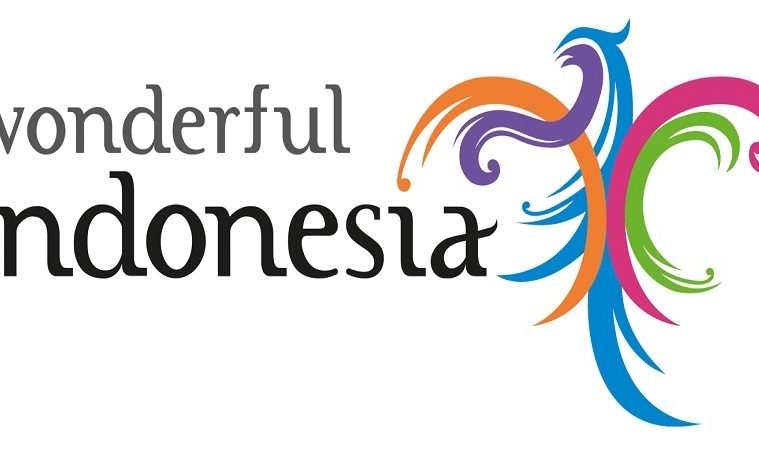While you’re in Jakarta, explore the places around Jakarta Kota Tua as below.
- The Jakarta History Museum or the Fatahillah Museum
Built in the seventeenth century as the city and town halls at the VOC colonial era, the Stadhuis now contains the History of Jakarta Museum, where one can observe artifacts found when Jakarta was called Sunda Kelapaas well as the arrangement from stone between the Kingdom of Sunda with the Portuguese. Some initial furniture utilized from the eighteenth century, and also the dungeon where Indonesian freedom fighter Prince Diponegoro was treacherously jailed can be seen.
- Cafe Batavia
Cafe Batavia has two stories comprising a bar, a stage for performances, and a lounge area on the ground floor. The upper level features an upscale dining hall. With its slatted windows that allow light into the interior and views onto Fatahillah Square and period colonial-style furniture, this Cafe will definitely carry you back to the splendor of colonial days. With live music and also appealing international menus, this might be just your new favorite place to unwind.
- The Wayang Museum
Occasionally translated as the Puppet Museum, it was opened in 1975 however it stands on a historic site that dates back to 1640, as there was once the Old Church. The backyard was the site where Governor General Jan Pieterszoon Coen was buried. In addition to displaying Indonesian traditional shadow puppets, along with other collections of puppets from different regions, you may see puppets from neighboring nations, including individuals from Burma, Thailand, and China. Here you might learn shadow puppets are made or combine a workshop on puppetry.
- The Fine Arts and Ceramic Museum
This building was completed in 1870, also functioned as Court of Justice the Netherlands East Indies. Following Indonesia’s Freedom, it became army barracks and a logistics warehouse. In 1967 the office of West Jakarta Mayor was still here. In 1974 it served as the office to the Jakarta Museum and the History Department. Lastly, it was inaugurated as a museum in 1990. Spectacular displays of arts by Indonesian finest maestros are kept following each period. You may find here paintings of Raden Saleh, Basuki Abdullah, Effendy and more.
5 | Kota Post Office and Art Gallery
Ir. R. Baumgartner designed this building in 1929 as a post office, made in ancient contemporary architecture design, known as Nieuwe Zakelijkheid, that was then popular in the Netherlands. To adapt to Indonesia’s climate, the building was given many windows and a double facade arrangement to allow better air circulation. Back then, the postal service was crucial for news and communication to be distributed. The building was set near the town hall, to ensure fast delivery of the very latest updates. You might still mail your holiday postcards here and browse an exhibition displayed on the second floor.

